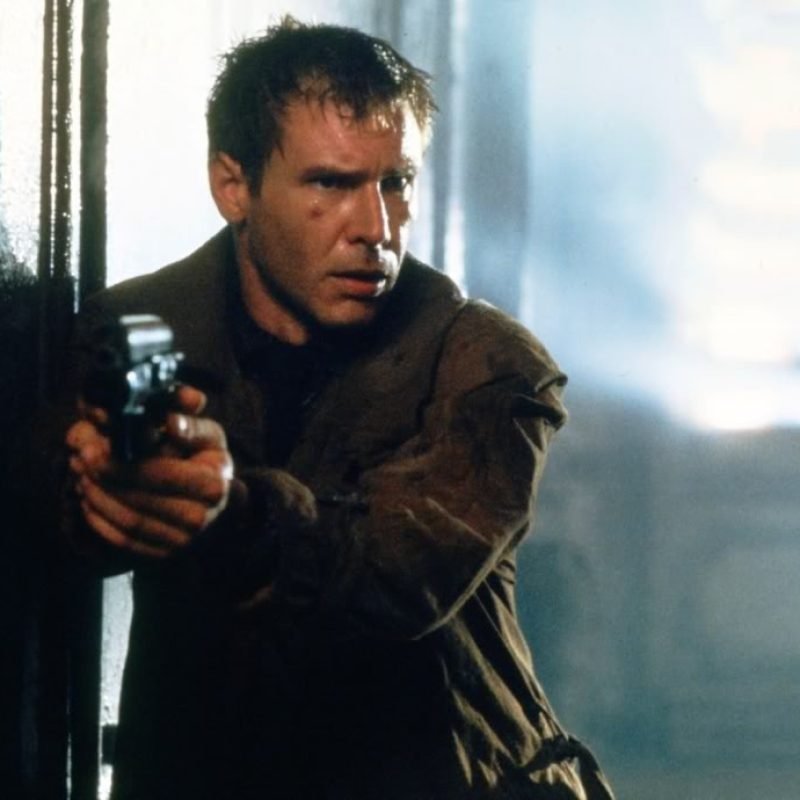Cinema’s Turning Points: From the 1950s to the 1980s
The period from the 1950s to the 1980s is often regarded as a transformative era in the history of cinema. During these decades, the film industry saw groundbreaking innovations in storytelling, technology, and cultural influence. This article explores the most significant films of the era while tracing the evolution of cinematic art across these four decades.
The 1950s: The Golden Age of Hollywood and Beyond
The 1950s marked the height of Hollywood’s Golden Age. With the advent of widescreen formats like CinemaScope and the rise of color filmmaking, directors had new tools to captivate audiences.
“Sunset Boulevard” (1950): Directed by Billy Wilder, this film-noir classic offered a scathing critique of Hollywood itself, with Gloria Swanson’s iconic portrayal of a faded silent film star.
“Singin’ in the Rain” (1952): A dazzling Technicolor musical directed by Gene Kelly and Stanley Donen, this film celebrated and satirized Hollywood’s transition from silent films to talkies.
“Seven Samurai” (1954): Akira Kurosawa’s epic introduced the ensemble narrative style and heavily influenced future Westerns, including “The Magnificent Seven.”
Technological advancements during this period, such as the use of Eastmancolor and anamorphic lenses, brought vivid imagery to the screen. Meanwhile, European cinema began to challenge Hollywood’s dominance, with Italian Neorealism and French New Wave gaining international acclaim.
The 1960s: Breaking Conventions
The 1960s were a time of social upheaval, and cinema reflected these changes. Directors began experimenting with narrative structures, challenging traditional storytelling methods.
“Psycho” (1960): Alfred Hitchcock redefined horror and suspense with innovative camera techniques and a shocking narrative twist.
“8½” (1963): Federico Fellini’s semi-autobiographical masterpiece blended surrealism and introspection, epitomizing the spirit of auteur-driven European cinema.
“Bonnie and Clyde” (1967): This Arthur Penn film ushered in the New Hollywood era, with its antiheroes, graphic violence, and stylistic boldness.
The decade also witnessed the decline of the studio system in Hollywood and the emergence of independent filmmakers. The New Wave movements in France, Japan, and Czechoslovakia brought a fresh perspective to global cinema.
The 1970s: The New Hollywood Renaissance
Often referred to as the “Golden Age of American Cinema,” the 1970s were defined by the rise of New Hollywood directors who brought a more personal, experimental approach to filmmaking.
“The Godfather” (1972): Francis Ford Coppola’s epic saga redefined the gangster genre, blending Shakespearean drama with visceral realism.
“Star Wars” (1977): George Lucas’ space opera became a cultural phenomenon, revolutionizing special effects and blockbuster filmmaking.
“Apocalypse Now” (1979): Another Coppola masterpiece, this Vietnam War epic used surreal imagery to explore the psychological horrors of conflict.
Advances in special effects, such as the use of animatronics and computer-generated imagery (CGI), began to reshape the visual possibilities of cinema. The decade also saw the emergence of auteur filmmakers like Martin Scorsese, Steven Spielberg, and Robert Altman.
The 1980s: The Rise of the Blockbuster
The 1980s ushered in a new era dominated by high-concept blockbusters, characterized by strong premises and mass appeal. This was the decade when Hollywood fully embraced commercialism while still producing artistically significant works.
“E.T. the Extra-Terrestrial” (1982): Steven Spielberg’s heartwarming sci-fi tale captured the imagination of audiences worldwide.
“Blade Runner” (1982): Ridley Scott’s dystopian vision blended film noir with science fiction, creating a visually stunning and philosophically rich narrative.
“Do the Right Thing” (1989): Spike Lee’s provocative exploration of racial tensions in America showcased the growing influence of independent filmmakers.
The 1980s also saw advancements in digital effects and the increasing influence of home video, which allowed audiences to experience films outside the theater. Iconic franchises such as “Indiana Jones,” “Back to the Future,” and “The Terminator” emerged, cementing Hollywood’s global dominance.
"Film making is life with the dull bits cut out."
-Alfred Hitchcock
Conclusion: A Legacy of Innovation and Influence
From the post-war optimism of the 1950s to the experimental spirit of the 1960s, the auteur-driven 1970s, and the blockbuster boom of the 1980s, this era transformed cinema into a global art form and industry. Each decade brought unique contributions that continue to influence filmmakers today, solidifying the period from the 1950s to the 1980s as one of the most dynamic and innovative in cinematic history.
Discover more with our enhanced resolution historical film archive and valuable blog posts!
Recent Posts
Recent Comments
Search
Recent Posts
- The Beginning of Cinema History, Towards the 1920s January 10, 2025
- The Evolution of Cinema: From the 1920s to the 1950s February 20, 2019
- From Silence to Sound: The Cinematic Revolution of the Talkies Era February 20, 2019
Recent Comments
Archives
- January 2025 (1)
- February 2019 (2)
- January 2019 (1)
- December 2018 (1)
Previous Post
The Pioneers of Cinema: 10 Trailblazers Who Shaped the Film Industry
Next Post
From Silence to Sound: The Cinematic Revolution of the Talkies Era
© All rights reserved. Developed by cinemahistory.org team.




